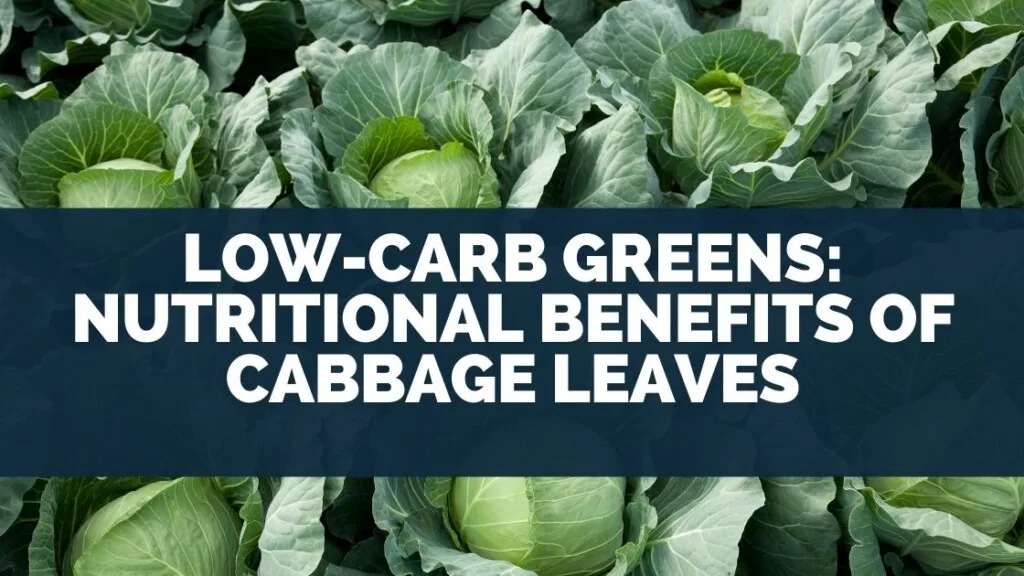
Eating lots of leafy greens is an important part of a healthy diet.
But sometimes, it can be hard to know what to do with those leafy greens.
That’s where cabbage leaves come in. Cabbage leaves are a delicious and nutritious way to enjoy your leafy greens and they’re also easy to prepare.
In addition, a lot of people are looking for new ways to eat healthily.
Eating vegetables is one of the best ways to do this. Cabbage leaves are an excellent option because they’re low in calories, low in carbs, and high in nutrients.
Table of Contents
What Are Cabbage Leaves?
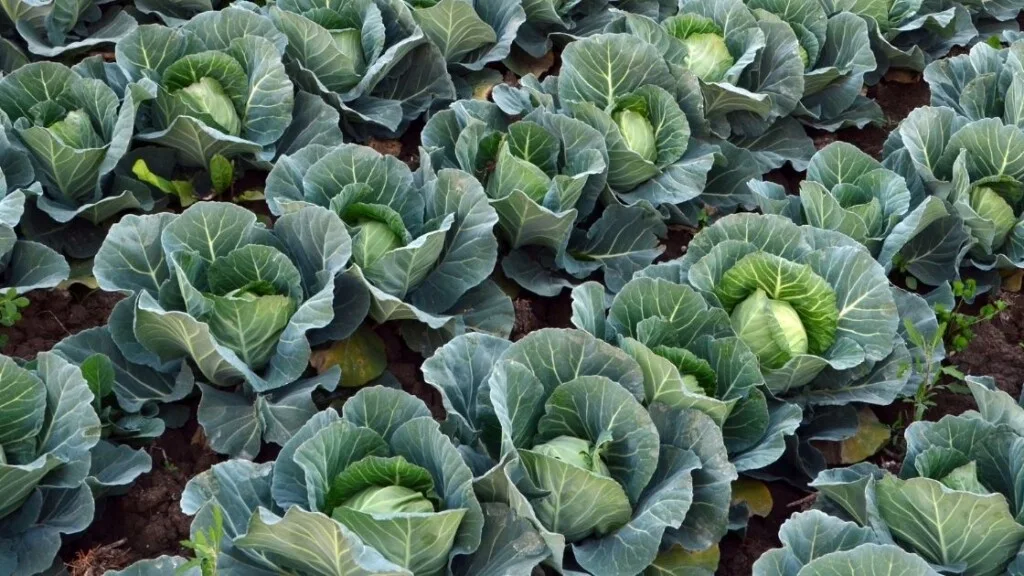
Cabbage leaves are the outer layer of a cabbage head. They’re heart-shaped and range from about 8 to 12 inches in length.
They really stand out as delicious low-carb food because they taste so great and they’re full of good stuff for your body. Cabbage leaves contain high fiber, vitamins A, K, and C, and antioxidants. They’re also low-calorie and contain only 25 grams of carbs per 100 grams.
Cabbage leaves can be used in many different ways.
They’re delicious on their own as a side dish or stuffed with other tasty ingredients from your favorite recipes.
Nutritional Benefits of Cabbage Leaves
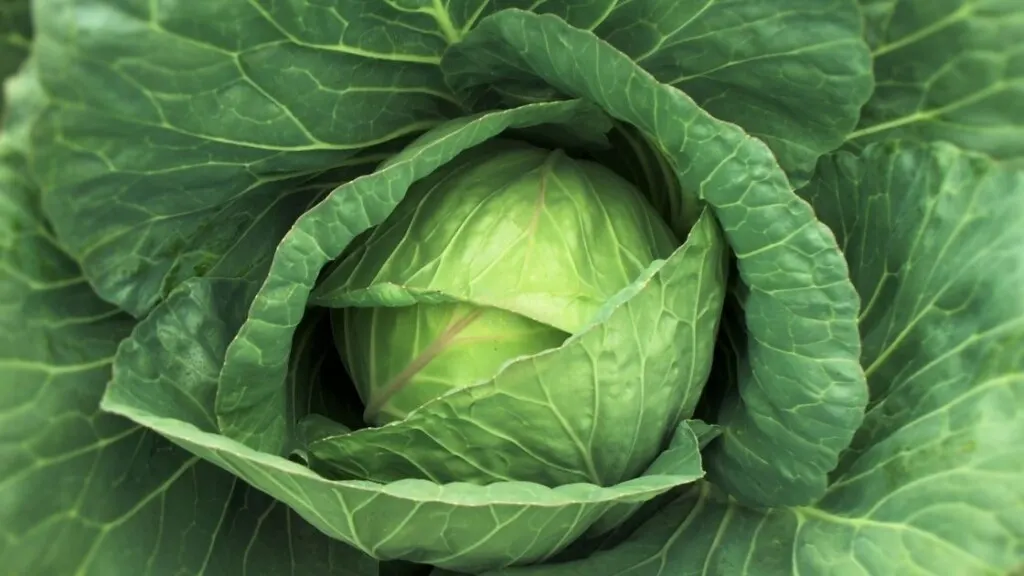
Cabbage leaves are a great food because they’re so low-calorie, low in carbs, and high in nutrients. Here are some of the nutritional benefits of cabbage leaves have:
Lower Blood Pressure
Eating cabbage leaves can help lower your blood pressure. There are many different reasons this might be the case, including how they affect your digestive system and your heart health.
Cabbage leaves contain high levels of potassium, which is an important nutrient for healthy blood pressure. When people with high blood pressure increase their intake of foods rich in potassium, they can lower their blood pressure by about eight percent. One way to do this is by adding cabbage leaves into your daily diet.
They also have a chemical called butyric acid that helps fight high cholesterol, which in turn lowers blood pressure.
Cabbage Leaves for Low-Carb Diets
Eating cabbage leaves is one of the best ways to eat more low-carb foods on a daily basis. They’re very low in carbs, with only 25 grams per 100 grams serving.
This makes them great if you’re on a low-carb diet and you’re looking for something to eat that tastes great, is healthy, and won’t have a big impact on your blood sugar levels.
Lowers Cholesterol
High cholesterol is a risk factor for heart disease and stroke. Cabbage leaves contain plant sterols, which help lower your cholesterol by blocking the absorption of dietary cholesterol in the intestines.
Cabbage leaves also have butyric acid that helps fight high cholesterol levels. It helps to reduce the amount of fat found in your blood and liver, as well as your total cholesterol levels.
Improve Digestion
Fiber-rich cabbage is the best way to improve your digestive health. Arugula has insoluble fiber, a type of carbohydrate that can’t be broken down in the intestines and is therefore beneficial for your gut. Insoluble fiber aids in the maintenance of a healthy digestive system by adding bulk to stools and promoting regular bowel movements.
It’s also high in soluble fiber, which has been found to boost the population of helpful bacteria in the stomach. This is due to the fact that fiber is a major source of food for such beneficial species as Bifidobacteria and Lactobacillus.
The microorganisms that live among the cabbage leaves have important duties, such as safeguarding the immune system and manufacturing important nutrients like vitamins K2 and B12. Consuming more cabbage is a great way to maintain your digestive system in good working order.
Keep Heart Healthy with Cabbage Leaves
Cabbage leaves can be especially helpful for those who already have some issues with heart health. They’re low in calories and high in nutrients like potassium, which can help to lower blood pressure.
They also contain many other nutrients that fight heart diseases, such as butyric acid and vitamin K2. Vitamin K2 is important for healthy blood flow and other cardiovascular functions.
They also have a high fiber content, which can be helpful if you’re experiencing constipation or other issues related to your digestive system.
Finally, they’re an excellent source of vitamins C and B6, both of which are important for overall heart health. Vitamin C helps to reduce blood pressure and inflammation within the body, while vitamin B6 has been shown to help lower homocysteine levels. Homocysteine is an inflammatory compound that can cause damage to blood vessels and increase heart disease risk.
Adding cabbage leaves into your daily diet is a great way to keep your cardiovascular system healthy. They have many health benefits for your heart, including helping to keep blood pressure low and reducing inflammation.
How to Prepare Cabbage Leaves as a Healthy Food?
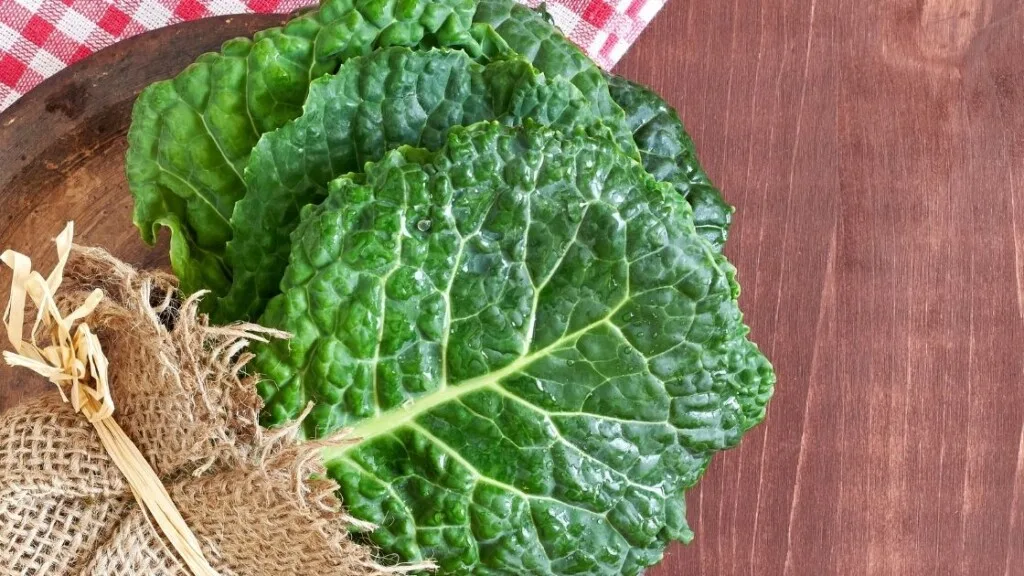
There’s no cooking required for cabbage leaves. All you need is a head of cabbage. If you’re not familiar with how to prepare cabbage, the first step is to cut out the stem at the bottom of the head. Pull off about eight leaves that are closest to the center core.
Now use a paring knife or vegetable peeler to pull away any thick stems from along the edges of the leaves. You can use any of these leaves right away or place them in the freezer for later use.
The remaining core of the cabbage head can be used to make flavorful stocks and soups, so don’t throw that part away! If you have leftover cabbage leaves after preparing your eight leaves, you can store them in the refrigerator in a tightly sealed plastic bag for up to five days.
You can also read: Is Cabbage Better For You Cooked Or Raw?
Final Thoughts
Cabbage is a nutrient-packed vegetable. In addition, cabbage is a flavorful and cost-effective complement to a wide variety of dishes. Cabbage has so many probable health benefits that it’s easy to see why it deserves a spot on your plate.
Moreover, cabbage leaves can be a big help if your goal is to lose weight or eat healthier. They’re low-carb and they have lots of nutrients that you might not find in other foods.
They also taste great and pair well with many different types of dishes, such as soup, salads, and wraps! Cabbage leaves are an easy way to add more nutrients to your diet without having to buy extra supplements or overhaul your entire diet.

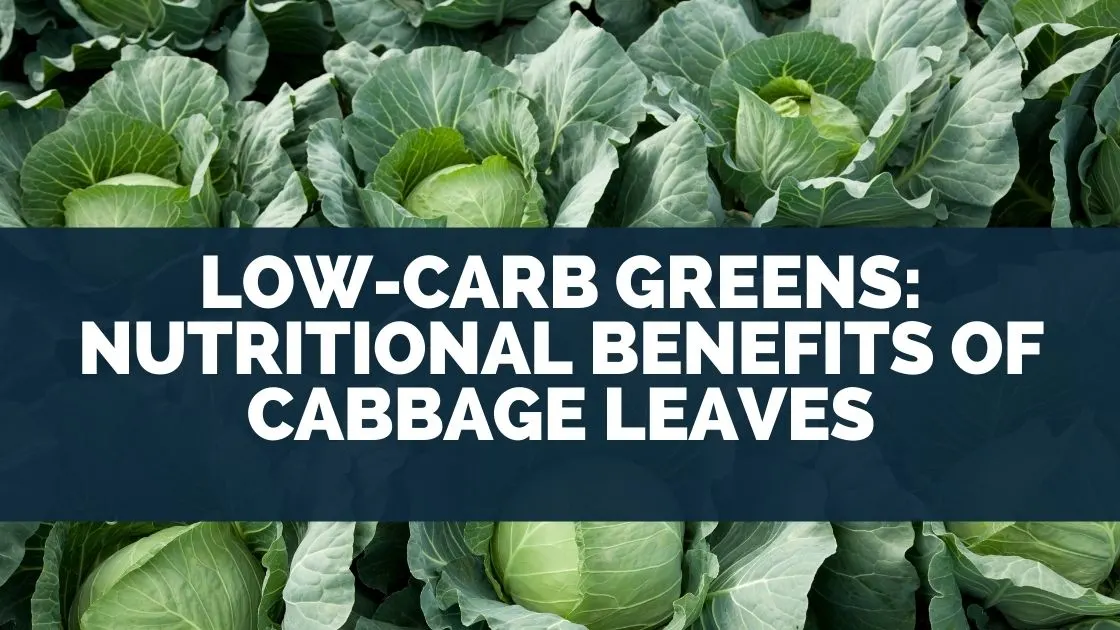

Leave a comment